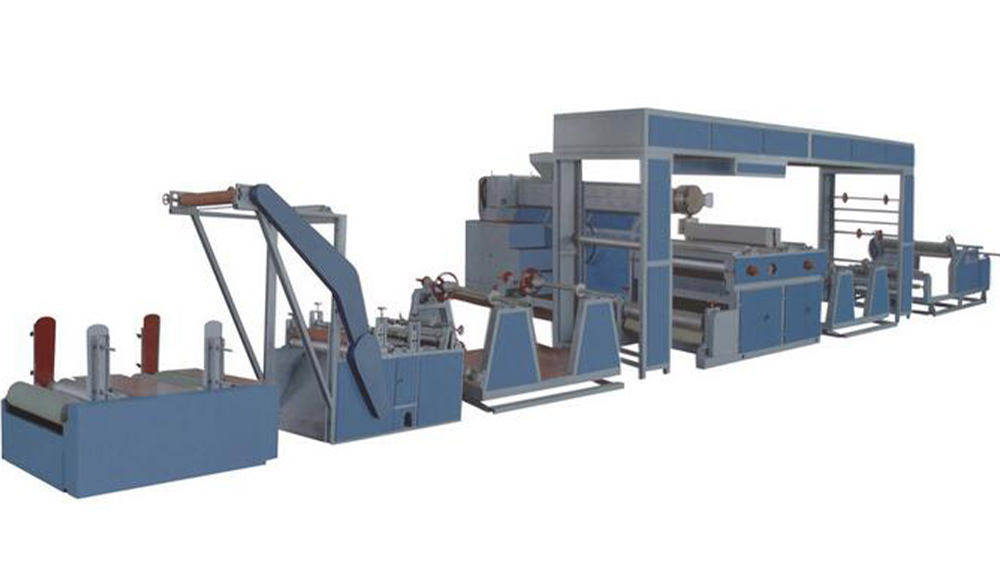

In the dynamic landscape of print finishing and document preservation, lamination machines stand as indispensable tools offering a plethora of functionalities and a multitude of benefits. From protecting valuable documents to enhancing visual appeal and ensuring long-term durability, these machines play a pivotal role across various industries. In this comprehensive exploration, we will delve into the intricate functionalities and profound advantages of lamination machines.
Lamination machines, often referred to as laminators, are sophisticated devices designed to apply a thin layer of protective material onto printed documents, photographs, or other materials. This protective layer, typically composed of plastic film, serves to fortify the underlying material against environmental hazards, physical damage, and general wear and tear.
The primary function of lamination machines is to laminate documents and photos, thereby encapsulating them between layers of protective film. This process involves feeding the material through the machine, where it is sandwiched between the film layers and subjected to heat and pressure to achieve a secure bond. Laminated documents and photos boast enhanced durability, making them ideal for applications requiring frequent handling or long-term preservation.
Lamination machines play a crucial role in safeguarding important materials such as identification cards, business cards, certificates, and instructional documents. By laminating these items, users can shield them from damage caused by moisture, fading, tearing, or accidental spills. This protection ensures the integrity and longevity of critical documents, preserving their value and relevance over time.
In addition to providing protection, Lamination Machines contribute to the enhancement of visual appeal in printed materials. The transparent plastic film adds a glossy finish to the surface, enriching colors, and rendering text more legible. This aesthetic enhancement is particularly advantageous for marketing materials, signage, presentations, and educational resources, where visual impact plays a significant role in conveying information and capturing attention.
Some lamination machines offer the capability to create dry-erase surfaces using special laminate films. These surfaces allow users to write, draw, and erase using dry-erase markers, making them ideal for collaborative brainstorming sessions, educational activities, presentations, and interactive displays. The versatility of dry-erase surfaces enhances creativity, fosters communication, and facilitates dynamic engagement in various settings.

A primary advantage of lamination machines is the heightened durability they confer upon laminated materials. The protective layer of plastic film acts as a barrier, shielding the underlying material from damage caused by moisture, abrasion, tearing, or UV radiation. This enhanced durability ensures that laminated documents and images remain intact and legible, even in challenging environments or high-traffic areas.
Laminated materials exhibit exceptional resistance to water, making them suitable for use in environments where exposure to moisture is a concern. Additionally, the reinforced structure provided by lamination renders materials highly resistant to tearing, ensuring that they maintain their integrity and readability even under rigorous conditions. This water and tear resistance make laminated materials ideal for outdoor signage, educational resources, identification cards, and promotional materials.
Laminated materials are remarkably easy to clean and maintain, requiring only a damp cloth or mild detergent to remove dirt, fingerprints, or other contaminants. Unlike unprotected materials, laminated surfaces are non-porous and smooth, making them resistant to stains and easy to wipe clean. This ease of maintenance minimizes the need for specialized cleaning products or labor-intensive cleaning procedures, saving time and effort for users.
While the initial investment in a lamination machine may represent a significant upfront cost, the long-term cost savings it offers outweigh the initial expense. By prolonging the lifespan of printed materials and reducing the need for reprints or replacements, lamination machines provide a cost-effective solution for businesses, educational institutions, and individuals alike. The durability and protection afforded by lamination help preserve the value and integrity of documents, photographs, and other materials, minimizing the risk of damage or loss over time.
Lamination machines are highly versatile tools capable of accommodating a wide range of materials, including paper, cardstock, photographs, fabric, and more. This versatility extends their utility across various industries and applications, including education, healthcare, manufacturing, retail, and marketing. Whether laminating documents, photographs, signage, or promotional materials, lamination machines offer a flexible and adaptable solution tailored to diverse needs and preferences.
In conclusion, lamination machines serve as indispensable tools in print finishing, document preservation, and visual enhancement. From protecting valuable materials to enhancing their durability, appearance, and functionality, these machines offer a myriad of benefits across various industries and applications. As technology continues to advance, lamination machines will likely evolve to incorporate additional functionalities and features, further expanding their utility and relevance in the modern workplace. By harnessing the power of lamination, businesses, educators, and individuals can safeguard their assets, elevate their presentations, and ensure the longevity of their printed materials for years to come.